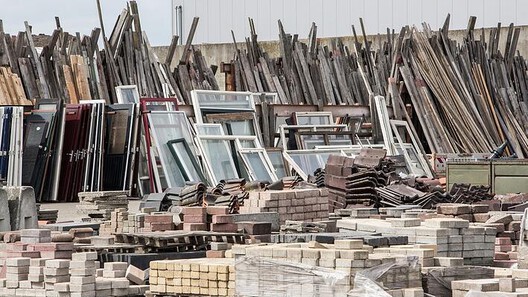When it comes to construction materials, the debate between brick and wood has persisted for centuries. Both materials have their unique advantages and disadvantages, but a critical question often arises: What lasts longer, brick or wood? This article delves into the longevity of these materials, examining their durability, maintenance requirements, environmental impact, and suitability for various applications.
Understanding Longevity: Definitions and Factors
Before we dive into the specifics of brick and wood, it’s essential to define what we mean by longevity. Longevity in construction materials refers to their lifespan, which can be influenced by several factors, including:
- Material Properties: The inherent characteristics of the material, such as resistance to decay, pests, and environmental conditions.
- Maintenance: The level of care and upkeep required to preserve the material's integrity over time.
- Environmental Conditions: The climate and geographical location where the material is used can significantly affect its durability.
Brick: The Timeless Choice
Durability and Resistance
Brick is renowned for its durability. Made from fired clay, bricks are resistant to rot, pests, and fire. Under optimal conditions, brick structures can last over a century, with many historical buildings still standing strong after hundreds of years. The compressive strength of brick is also significantly higher than that of wood, making it an excellent choice for load-bearing applications.
Maintenance Requirements
One of the significant advantages of brick is its low maintenance needs. Unlike wood, which requires regular treatments to prevent decay and insect infestations, brick typically only needs occasional cleaning and repointing to maintain its structural integrity. This low maintenance requirement contributes to its long-term cost-effectiveness.
Environmental Impact
While brick is durable, its production process is energy-intensive, involving high-temperature firing. This process contributes to greenhouse gas emissions. However, once installed, brick structures can contribute positively to energy efficiency due to their thermal mass, helping to regulate indoor temperatures.
Wood: The Classic Material
Natural Beauty and Versatility
Wood is often favored for its aesthetic appeal and versatility. It can be used in various applications, from framing to flooring, and offers a warmth that brick cannot replicate. However, the longevity of wood is heavily influenced by its type and treatment. For instance, cedar and redwood are naturally resistant to decay, while untreated softwoods may last only a few years in adverse conditions.
Vulnerability and Maintenance
Wood is susceptible to a range of issues, including rot, insect damage, and warping. To maximize its lifespan, wood requires regular maintenance, including sealing, staining, and inspections for pests. With proper care, high-quality wood can last several decades, but it generally does not match the longevity of brick.
Environmental Considerations
From an environmental perspective, wood is often considered a more sustainable option, especially when sourced from responsibly managed forests. It has a lower carbon footprint during production compared to brick. However, the sustainability of wood also depends on its lifecycle management, including replanting and responsible harvesting practices.
Comparative Analysis: Brick vs. Wood
Lifespan
In terms of lifespan, brick clearly outperforms wood. While brick can last over a century with minimal maintenance, wood typically requires more frequent upkeep and may only last 20 to 50 years, depending on the type and treatment.
Cost-Effectiveness
While the initial cost of brick may be higher than wood, its longevity and low maintenance needs can make it more cost-effective in the long run. Homeowners and builders should consider the total cost of ownership, including maintenance and replacement costs, when choosing between these materials.
Aesthetic and Functional Considerations
Ultimately, the choice between brick and wood may also depend on aesthetic preferences and functional requirements. Brick offers a timeless, classic look and is ideal for structures requiring high durability. In contrast, wood provides warmth and versatility, making it suitable for residential applications where aesthetics are a priority.
Conclusion: Making the Right Choice
When considering what lasts longer, brick or wood, the answer is clear: brick generally offers superior longevity and durability. However, the choice between these materials should also take into account factors such as aesthetics, environmental impact, and specific project requirements. By understanding the strengths and weaknesses of each material, builders and homeowners can make informed decisions that align with their goals and values.

